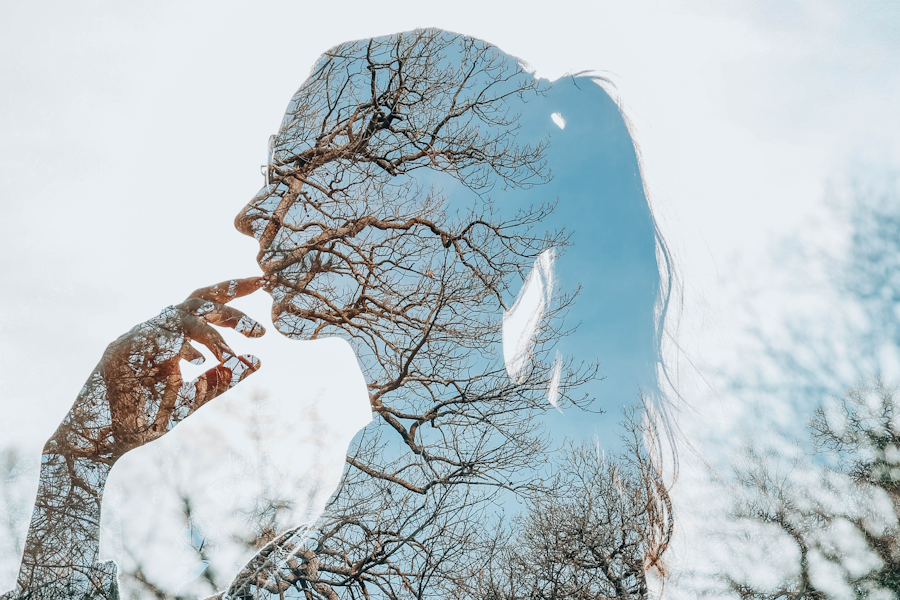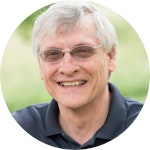The world is an extremely busy place. Its busyness is frequently of a kind that sucks us in and leaves us breathless. In our globalized, technologized world, we are inundated with noise, news, crowds, information, and entertainment. Distractions bombard us daily, all too often diverting our attention from the most important things.
Perhaps this is just the accidental character of our age — or perhaps something more spiritually alarming is going on. Richard Foster writes, “Our Adversary the devil majors in three things: noise, hurry, and crowds. If he can keep us engaged in ‘muchness’ and ‘manyness,’ he will rest satisfied.” In any case, in such a hectic, fragmented, unruly environment, we ourselves also become deeply, discouragingly fragmented.
How can believers in the holy Trinity regain their center, their grounding, the integration of the mind with the heart? How can we learn to set habitually our internal compass toward the “true north,” toward Christ himself? Our ancient brothers and sisters suggest that we can succeed only by finding “space” that is calm enough, settled enough, free enough from distractions and competing voices, that we can once again discern the quiet, insistent voice of God calling us into his wonderful, breathtaking mystery.
What kind of “space” are we talking about? It may be an open field or a starry sky. Or it may simply be any free, unrestricted, unhurried setting that can nurture health and growth and life. It includes “interior space,” that is, spaciousness in our emotional and inner life, where we so frequently need freedom from the demands and urges and anxieties that seem to fill us. It includes the “spaces” of our local church fellowship, so that intentional locations and times and attitudes can challenge and transform the tedious business of everyday life. It also includes the “spaces” of our physical environment, what we regularly see and hear and touch, for our surroundings will inevitably have a subtle but decisive influence upon our spiritual equilibrium, either supporting or preventing our development of what is good and true and beautiful.
Think of ancient desert dwellers such as Antony. Early desert believers found this kind of multifaceted “space” in the beautiful and harsh desert geography that many of them inhabited day and night. The desert offered intense, unremitting solitude and silence, so that Christians could learn to listen intently to Scripture, to hear the voice of God in prayer, to enter the liturgy of the church, to confront their own habitual thoughts, and to rejoice in the unique sounds and silences presented by this particular part of God’s creation, so stark, silent, and demanding.
There were few distractions in the desert; present here were only the immediate, unavoidable reality of oneself (one’s deepest dispositions, one’s strongest loves – good and bad) and the living God. Here, “space” of the productive, fruitful kind was at a maximum.
The sacred openness of the desert is a live option for very few modern Christians and in our contemporary context similar “learning spaces” are difficult to find. Yet find them — or create them — we must, for the knowledge of God will rarely be available without them. If we are to enter deeply into Christ, we need a consistent space in which prayerful, worshipful reflection can occur, in which steady, measured meditation and immersion in the Scriptures is supported and sustained, in which we are forced to deal with the issues, distractions, and habits that squelch worship rather than nurture it.
For us today such space might be found in a chapel, a closet illuminated by a candle, a daily walk, a soup kitchen, a hospital ward, a prison, a hospice. The list of possibilities seems endless. Keep your eyes open for the “space” the Lord is offering you. And ponder with me this specific question: “What specific, strategic steps can I take to introduce a deeper, receptive silence and space into my inner life, my community, and my physical environment?”
This series has been adapted from Steven D. Boyer and Chris Hall’s The Mystery of God: Theology for Knowing the Unknowable. Hungry for more? Please visit Baker Academic for more information.
Photo by Gilles Rolland-Monnet on Unsplash
Text First Published November 2016 · Last Featured on Renovare.org April 2022


